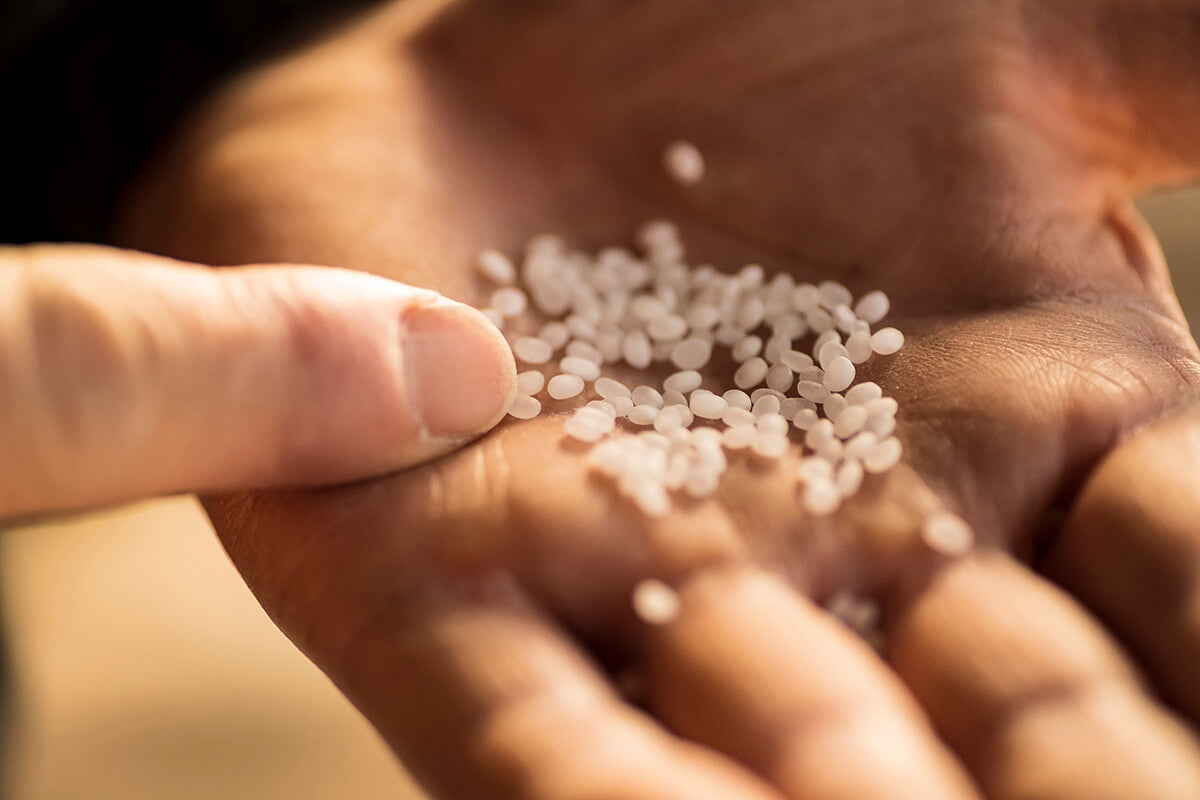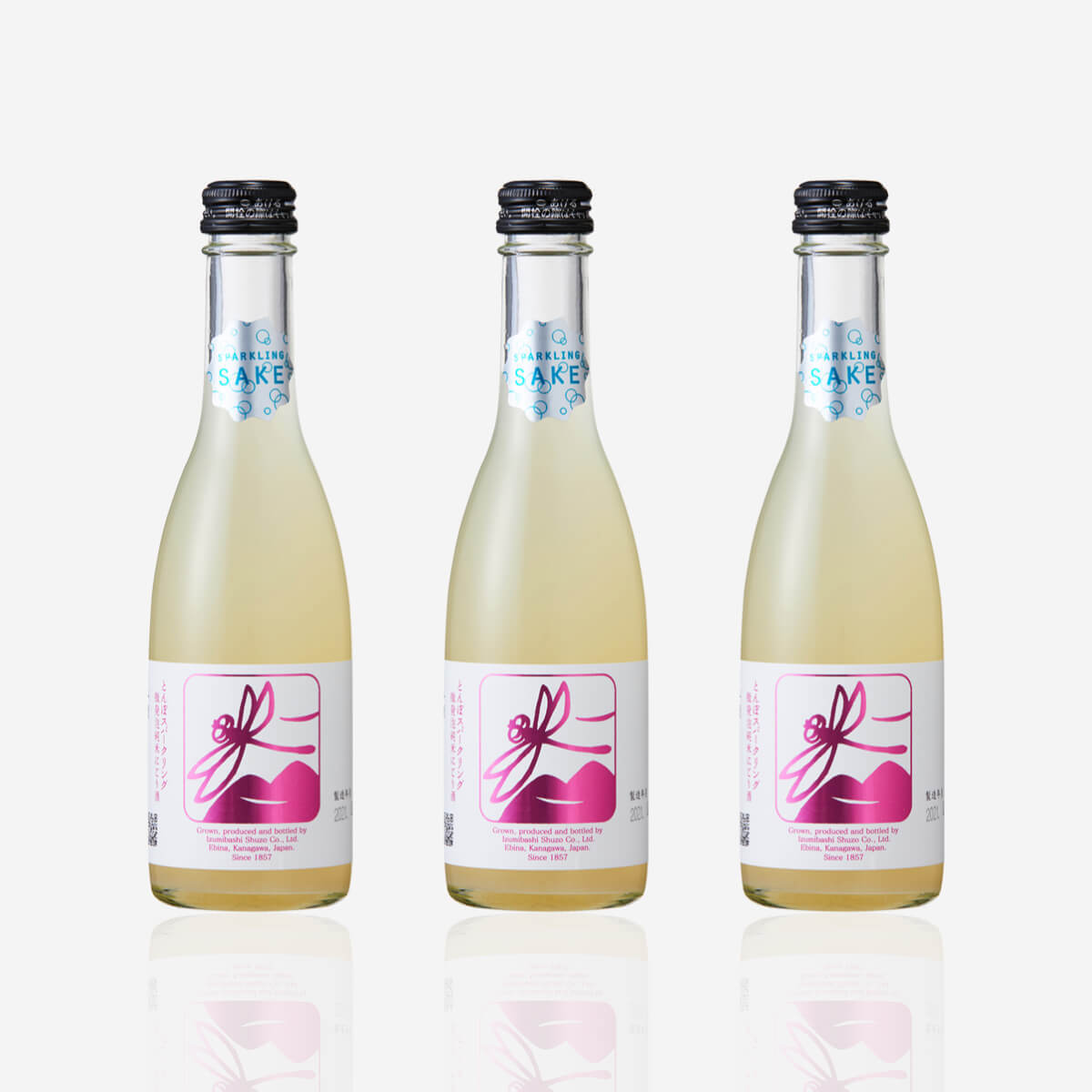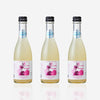Izumibashi “Dragonfly” Nigori Sparking Set
Kanagawa prefecture
Soft as a cloud
The lees in this sparkling nigori sake come from rice grown by the brewery via environmentally friendly farming methods. The fine rice sediment creates a mousse-like, melt-in-your-mouth texture and gives the sake a yogurt-like taste. It’s slightly sweet and tangy with delightful notes of peach and pineapple. The gentle bubbles, a result of secondary in-bottle fermentation, land softly on your palate for a clean finish.
Characteristics
| Brand | Izumibashi |
| Brewery | Izumibashi Brewing Company |
| Category | Junmai |
| Subcategory | Nigori, Sparkling |
| Taste Profile | Rich & Dry |
| Rice variety | Yamadanishiki |
| Yeast variety | Association No. 901 |
| Alcohol | 15.0% |
| RPR | 70% |
| SMV | -5.0 |
| Acidity | 2.1 |
Serving Temperature

-
 Recommended
Recommended
-
 Not Recommended
Not Recommended
Region

Izumibashi is made in Kanagawa prefecture in the Kanto region.
Taste Metrics
Tasting Notes
-
Peach

-
Pineapple

-
Linden

Recommended Pairing
-
Aperitif

-
Seafood

-
Fruits


Izumibashi Brewing Company
Sake making at Izumibashi Brewing Company is all about commitment to natural and traditional processes. The current president, Yuichi Hashiba, is responsible for creating their dragonfly logo, expressing their philosophy to use safe, environmentally friendly rice growing methods to make sure the dragonfly can come back to the fields every year. Rarely you will find a sake brewery that is committed to growing all of their sake rice, polishing their rice in-house, and brewing it in the most labor-intensive, traditional ways, such as using the smallest batch called “koji buta,” and incorporating kimoto methods.
Learn more

Customer reviews
Tippsy Sake Club
Our sommelier will recommend sake according to your taste when you join Tippsy Sake Club. Also enjoy:
- Members-only prices
- Discounted shipping
- An exclusive sake cup with your first club order
- and more!
All about sake
-
 Introduction
Introduction
Welcome To Your Sake Journey!
-
 Lesson 1
Lesson 1
What Is Sake?
-
 Lesson 2
Lesson 2
What Is Sake Made of and How Is It Made?
-
 Lesson 3
Lesson 3
What Is Rice Polishing Ratio?
-
 Lesson 4
Lesson 4
Types of Sake
-
 Lesson 5
Lesson 5
How To Store Sake
-
 Lesson 6
Lesson 6
How To Drink and Serve Sake
-
 Lesson 7
Lesson 7
Food Pairing Guide
-
 Lesson 8
Lesson 8
Best Sake Bottles and Brands for Beginners


